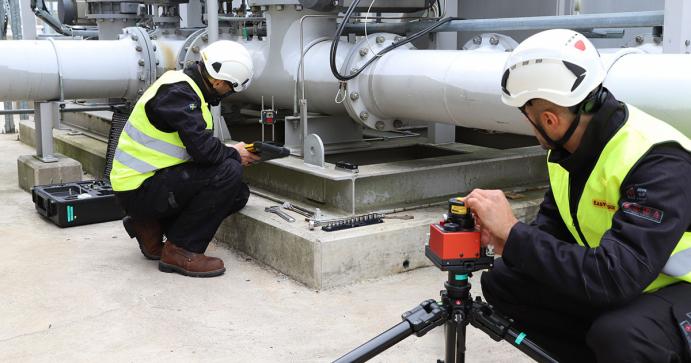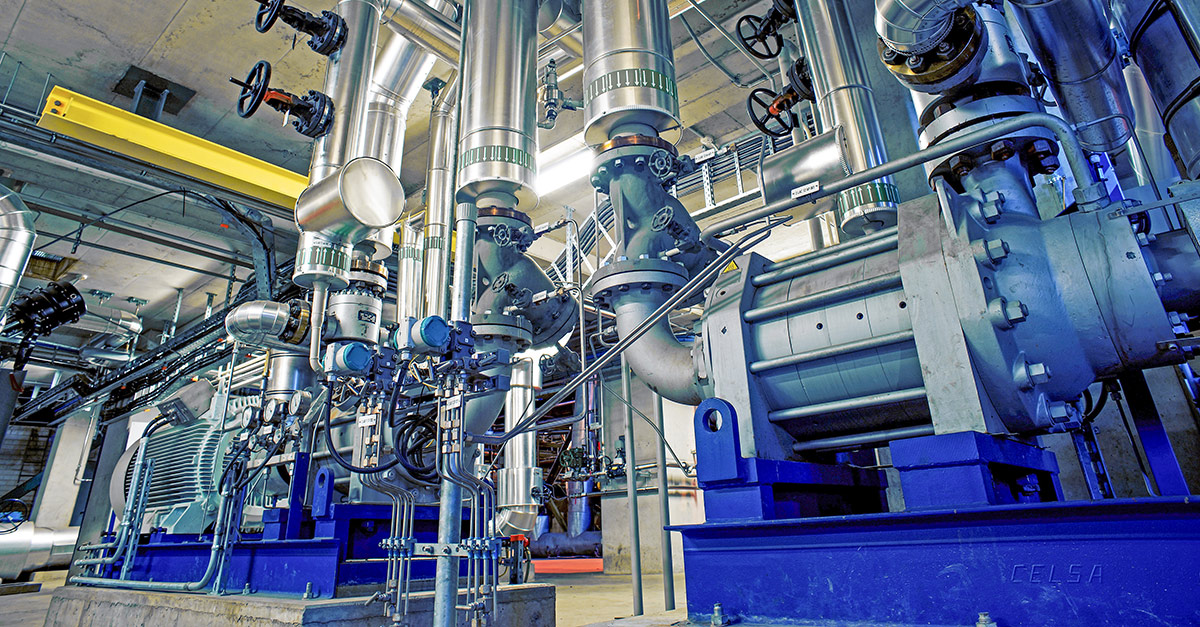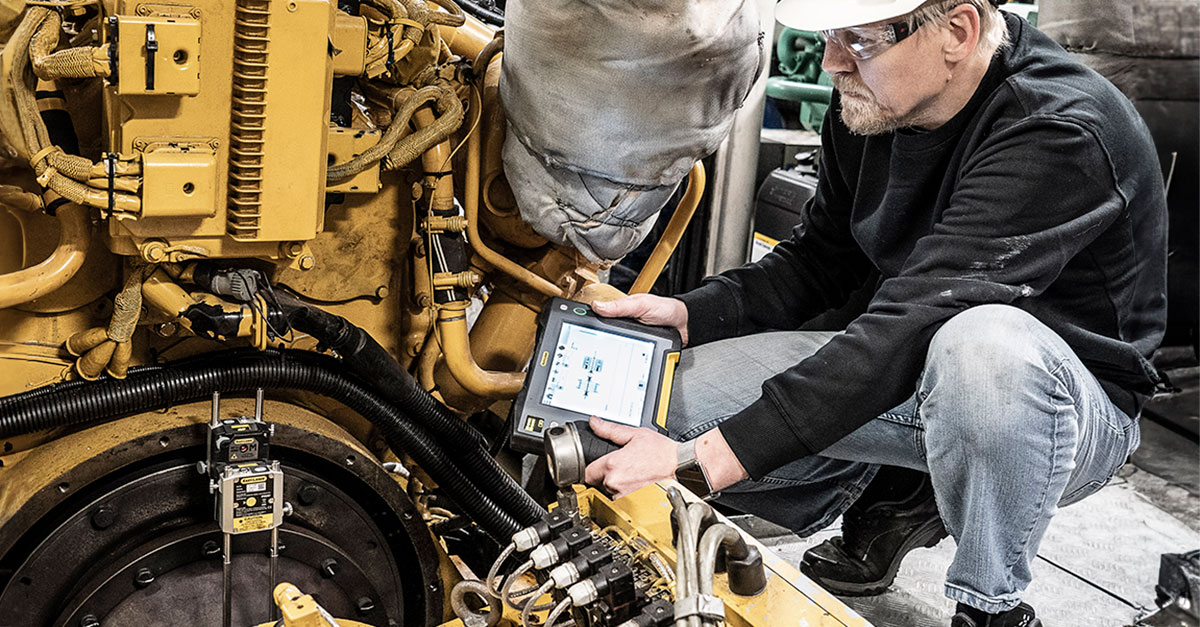We all know that it starts with the design. The design stage decides what is going to be installed. Which equipment, and where. But there is no decision of Who is going to perform the installation, and How it is going to be installed. Most of the time those two departments are not cooperating, especially if they don’t belong to the same organization. The installation teams must be involved in the design stage, because they are able to provide feedback needed to achieve reliable machinery installation. They know exactly how things work out there and how they need to be done.
Every day I see on social media tons of information regarding reliability maintenance, condition monitoring, sensors, cameras and all possible problem-solving technologies. All those technologies provide necessary information; things we need to know in order to evaluate the condition of our assets. But what about the most crucial step? Machinery installation, anyone? I have been assembling and building skids and gas compression systems for the gas and petrochemical industry for many years. My experience has shown me that “flatness and levelness” is one of the most critical issues when it comes to the assembly of rotating machinery.
Designed for flatness and levelness
Every manufacturer of pumps, compressors, blowers, electrical motors or gear boxes assume that their equipment is going to be installed correctly, meaning on a flat and level surface. And they also provide their tolerances for this. There are standards for the installation, too. ANSI standards recommend foot flatness less than 0.4µ/mm [5 mils/ft]. And coplanarity less than 50 µm/mm [2 mils] between the machines and their drives for machines up to 400kW or 500 HP. ISO standard for centrifugal pumps for petroleum, petrochemical and natural gas industries (ISO 13709:2009) say clearly that “Corresponding surfaces shall be in the same plane within 150 µm/m”. That is 0,15 mm per meter. Levelness has the tolerances less than 0,8 µm/mm [10 mils/ft].
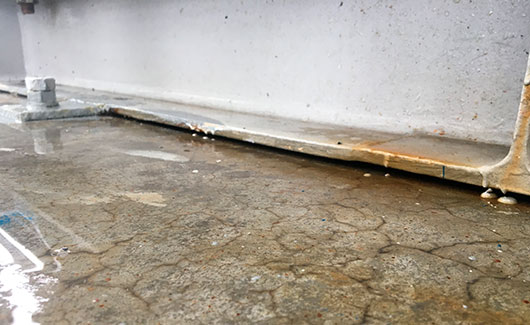
Bent base frame
Flatness and levelness affect everything
Checking the flatness of the foundation is essential. The foundation is the cornerstone for every single installation, irrespective of type. Mounting pads, soleplates, frames and tables. Everything you put on top of them is going to be affected. When the flatness is out of tolerance all rotating equipment is affected. Soft foot, misalignment, machine casing stress, pipe flange misalignment, and many other causes. But I want to mention specifically one, and that is strain in the bearings.
The bearing is designed to rotate using the oil film lubrication. According to Swedish bearing manufacturer SKF, a free running bearing with the proper lubrication will rotate to infinity. When the bearing is squeezed, the lubrication film is forced out and contact metal-to-metal appears. Excess heat is generated, and your bearing is running into failure. It's that simple. All other failures will be linked to it. And it often started with a flatness issue. Levelness is another factor that heavily affects the equipment. Vertically installed bearings carry horizontal loads and if you change their gravity point, the lubrication will move out of their race way. If you don't have proper lubrication film, there will be metal to metal contact. If you have splash lubrication in your machine, and you have an unlevel installation, you will move the oil away from the oil slinger. That will be the end of the story.
Why would you install your asset on bases which are not checked for proper flatness and levelness and face all the problems related to it? After reading this you can at least not claim “I didn’t know it was important...”
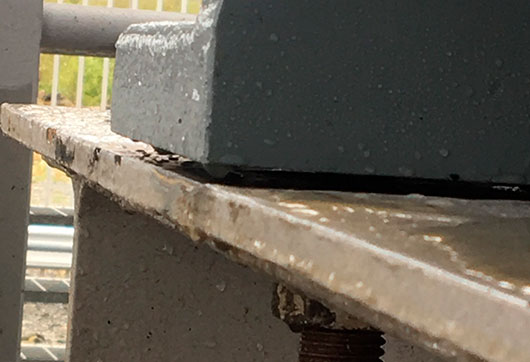
Soft foot
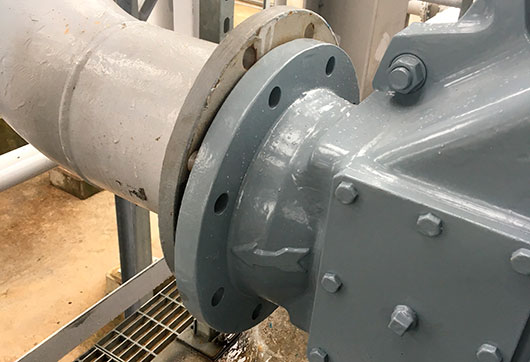
Flange misalignment
 |
About the author: Roman Megela Gazdova works as Reliability engineer at Easy-Laser AB. He has 20 years of experience in assembly, commissioning and service of gas compression systems all over the world, from Europe to Asia and USA, in all kind of industries: glass production, stainless steel production, oil and gas, oxygen, petrochemical, natural gas, biogas, hydrocarbons. Roman is now on a mission to teach good practice for reliable machinery installation. |

